Hello all,
This is part 2 of my article about Dobrudja. For general information, see my last article. In this one I will cover the ethnicities which I did not get to in part 1. Above are a few historical photos of people from Dobrogea which are not identified as to ethnicity. My best guess is 1 Gagauz, 2 Turks, 3 Farmers, 4 Tatar, 5 this is labelled 'displaced persons'.
I reprint here the ethnographic maps from the first part.
Tatars
The term 'Tatar' [NOT TARTAR] is a rather vague one and has been used to refer to many different groups in the east of the Russian Empire. In this case, the people that is meant are the Crimean Tatars. These have a long history of ethnogenesis in Crimea, being formed from an amalgamation of many ethnic groups, united by a Kipchak Turkic language and the Moslem Faith. You may read more about their complicated history here.
https://en.wikipedia.org/wiki/Crimean_Tatars
The Tatars have been present in Dobrogea since the 16th cent, and there have been several waves of immigration since. The current population of Tatars in this area is between 20 and 50 thousand. There is a population still in Budjak as well.
https://en.wikipedia.org/wiki/Tatars_of_Romania
The folk costume of these people is very elegant and shows influence from the Caucuses.
A few more images from Dobrudja, some showing people in everyday clothing.
Gagauz
The Gagauz are a Turkic people that speak an Oghuz Turkic language, and are overwhelmingly Christian. They live mostly in Moldova, but are also scattered in pockets in Budzhak, and through both Romanian and Bulgarian Dobrudzha. I will present most of the photos which I have of this people here.
https://en.wikipedia.org/wiki/Gagauz_people
Early photographs of Gagauz show the dress as being similar to either Bulgarians or Turks. This is especially true of inland communities in the more southern parts of this region. Some of this tradition survives.
On the coasts, and in the north, Moldova and Budzhak, the Gagauz early adopted urban style clothing, adjusting it to their tastes. Here are several historical images.
Some more modern images, including contemporary stage costumes.
I apologize if that was too much, but some may be interested, and information on the Gagauz is difficult to come by.
Lipovans
The Lipovans are one group of Russian "Old Believers". This is actually a misnomer, since they split from the Orthodox Church not on the basis of doctrine, but of ritual, having rejected the Liturgical Reforms of Patriarch Nikon in 1567. In Russian, they are called "StaroObryadovtsi", "Old Practitioners." They settled in this region, both in Budzhak and Dobrudja, especially in the delta region in the 18th cent. They are either named after the Linden trees in the area, or after a historical leader named Filip. Today there are still over 20,000 Lipovans in Romania.
https://en.wikipedia.org/wiki/Lipovans
It is clear from the surviving folk costume of this people that they came from Northern Russia.
Nekrasov Cossacks,
This group is a portion of the "Don Cossacks". They were a semi independent people situated along the Don River in the Muscovite Empire. Ethnically, they consider themselves to be neither Russian nor Ukrainian, but a distinct people.
https://en.wikipedia.org/wiki/Don_Cossacks
After the defeat of the Bulavin Rebellion in 1708, some retreated south to Kuban', being joined by many peasants fleeing serfdom. They were also Old Believers, and were persecuted in a similar manner to the Lipovans. Some settled in Dobrudja, alongside the Lipovans and Ukrainians. Few are left today.
https://en.wikipedia.org/wiki/Nekrasov_Cossacks
Ukrainians
A group of Ukrainians in Romania live in the Dobruja region of the Danube Delta. These are descendants of Zaporizhian Cossacks who fled Russian rule in the 18th century. In 1830, they numbered 1,095 families.[ Over the years they were joined by other peasants fleeing serfdom in the Russian Empire. In 1992, their descendants numbered four thousand people according to official Romanian statistics,[12] while the local community claims to number 20,000. Known as Rusnaks, they continue to pursue the traditional Cossack lifestyle of hunting and fishing.
The Kozaks of Ukraine operated a Sich in this region after Catherine II Romanov destroyed Zaporizhia. This continued to operate for a time, and became the basis for the famous Ukrainian Opera, "Zaporizhets' za Dunajem", by Semen Hulak Artemovsky.
https://en.wikipedia.org/wiki/Danubian_Sich
Not much in the way of folk costume has been retained by this community.
Aromanians / Vlachs
This term refers to people who live in many scattered pockets in the southern Balkans that speak a Latin-derived language. Some are found in Dobrogea, having been subject to the 'Exchange of Populations", because the authorities did not distinguish between them and the Romanians. The Romanians often refer to them just as "Macedonians".
https://en.wikipedia.org/wiki/Aromanians
The communities in Dobrogea are divided by origin: Megleno Romanian, Farsharot Aromanian, and Gramosten Aromanian. For more information read the link just above.
Megleno Aromanian
Farsharot Aromanian
Gramosten Aromanian
This seems to be the most numerous group in Dobrogea.
Some of the following images are not labelled, and so some of them may actually be Farsharot.
Roma
The Roma people are found scattered all over Europe and the Middle East. Dobrogea is no exception. Here are a few images.
There are also some very small communities of other nationalities in Dobrogea.
Csango
The Csango are a branch of the Hungarian people who live in Romania, mostly in Gyimes and Moldavia. The village of Oituz in Dobrogea is also inhabited by Csango.
Laz
The Laz are a branch of the Kartvelian people who live in the border region of Georgia and Turkey. They have established the village of Lazu in Dobrogea near Constanta.
Kurd
Armenian
Armenians have settled in many places, often seeking business opportunities.
Abaza
Abazins are a people that speak a Northwest Caucasian language which is close to Abkhaz. They have been scattered by atrocities committed by the Muscovite Empire. I have found one photo of Abazins in Dobrogea.
Arabs





.jpg)
.jpg)
.jpg)














































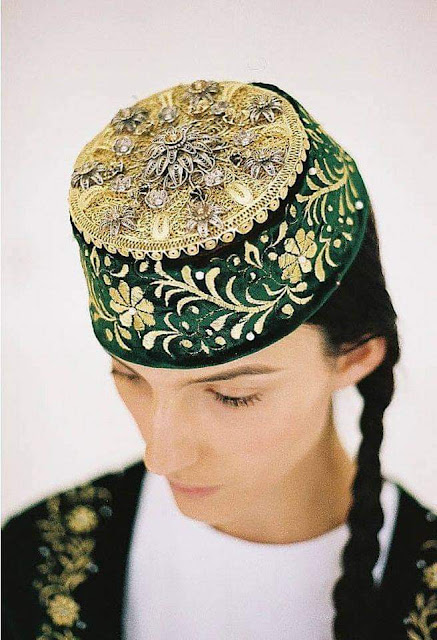






















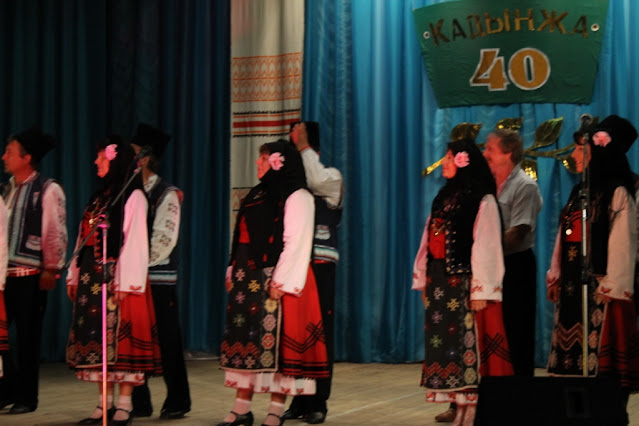



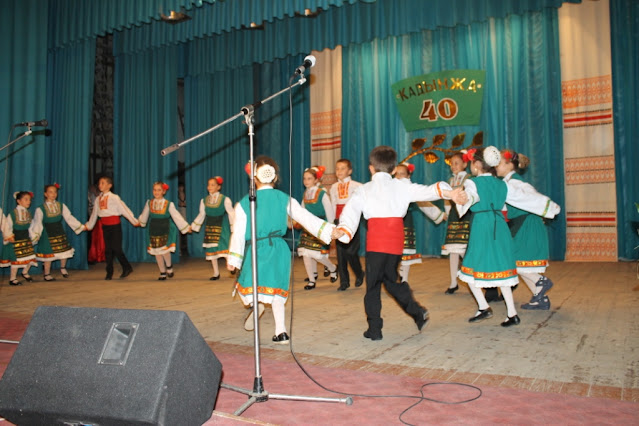





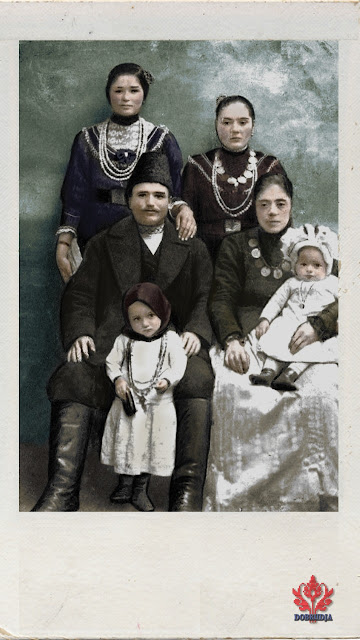

























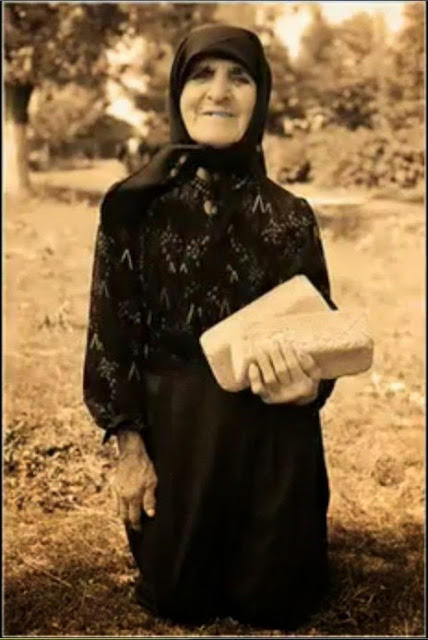


























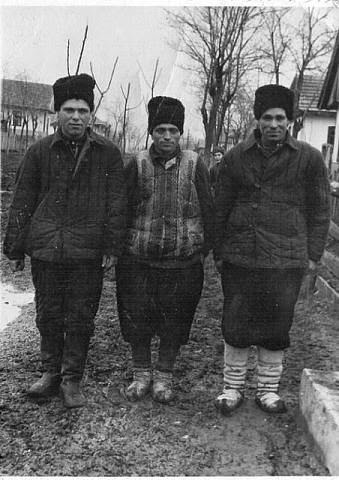



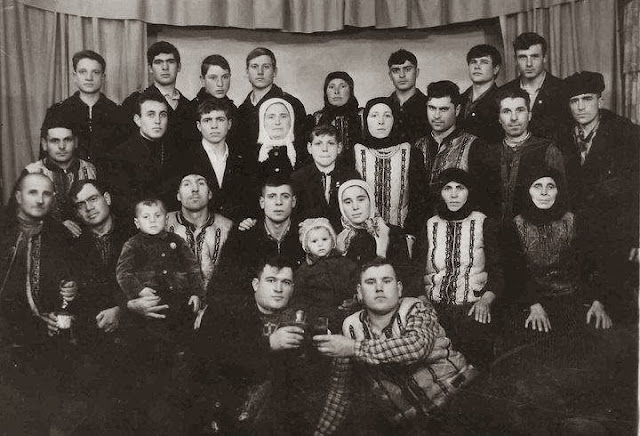








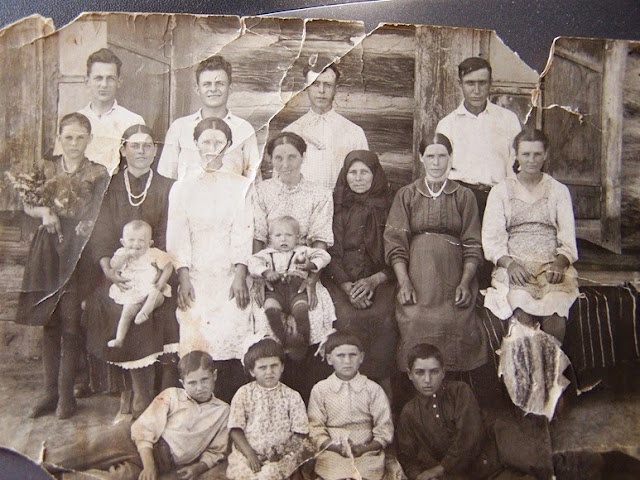









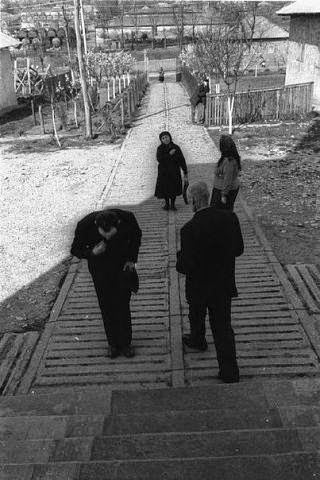













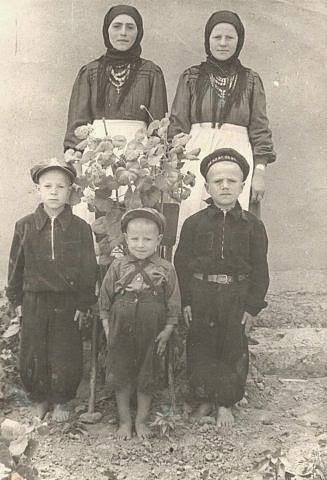


































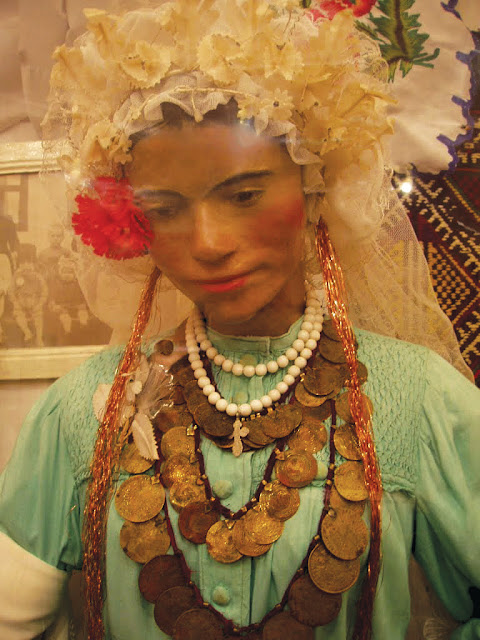












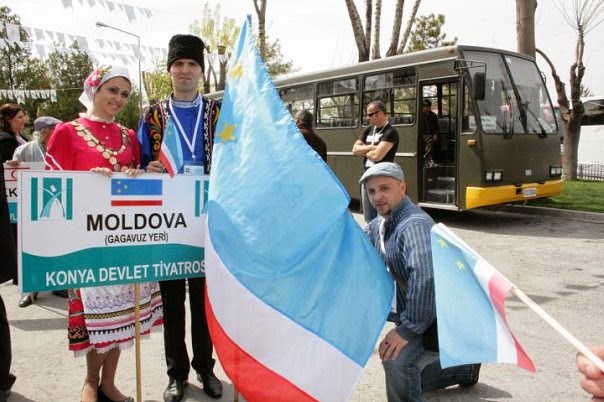



















































.jpg)







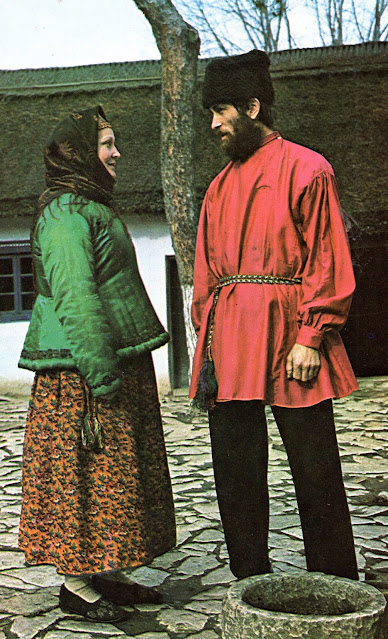






.jpg)













.jpg)












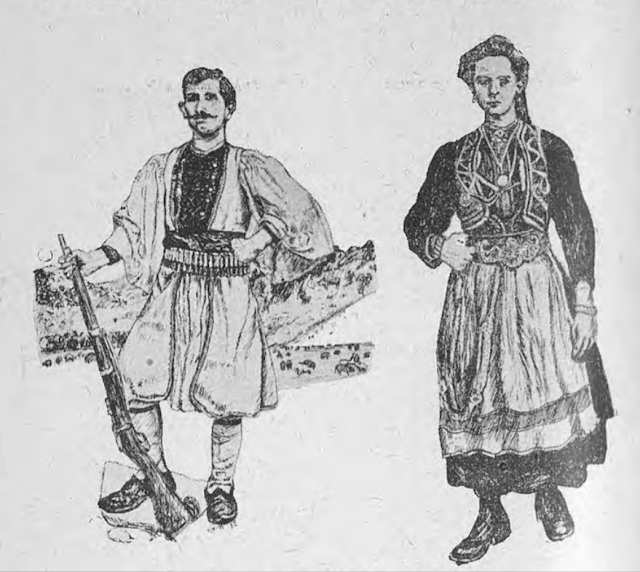






















.jpg)
































Fascinating! Thank you for sharing!
ReplyDeleteCorrection: the first two photos of the Nekrasovites are not actual Nekrasovite attire. The Last two photos would have been worn by Nekrasovites in Turkey, not Doubruja. The Nekrasovites of Doubruja, quickly assimilated into the larger Lipovan population and don't consider themselves an separate ethnic group.
ReplyDeleteThe fourth photo used for Ukrainians are actually Nekrasovites-Lipovans.
Thank you. I see that the photo to which you are referring is labelled from a Lipovan village, indeed.
Delete"This article is a fascinating dive into the rich cultural mosaic of Dobrudja and Budzhak. I truly appreciate the detailed exploration of each group's traditional attire—especially how it reflects their history, beliefs, and identity. The inclusion of lesser-known communities like the Gagauz, Lipovans, and Aromanians adds immense value and depth. It's rare to find such a respectful and well-researched look into the diverse threads that make up this region's heritage. Looking forward to Part 3!"
ReplyDeletethank you. I am, however done with Dobrudja for now, although I wish I had found more information.
ReplyDelete
ReplyDeleteThis blog keeps getting better. Keep up the amazing work!
ReplyDeleteThanks for the valuable insights. Learned something new today!
Thank you so much for caring about this content and to your reader. Good job man... MM
ReplyDeleteI really love it. It's so good and so awesome article. I am just amazed... MM
ReplyDeleteYou are among the top writers of this generation, Excellent blog, thanks... MM
ReplyDeleteThe text was neat and readable. Great blog you written here. Thanks for blogging... MM
ReplyDeleteI¦ve learn a few excellent stuff here. This type of fantastic informative... MM
ReplyDeleteI absolutely feel this web site. I’ll be back again to see more, thanks!... MM
ReplyDeleteWow, superb weblog structure! The whole site is great. Im happy I found this... MM
ReplyDeleteI truly admire the diversity in the Folk Costume of the Dobrudja and Budzhak region! This Part 2, focusing on the Tatars, Gagauz, and Lipovans, is sure to highlight the beautiful blend of cultures across Romania, Bulgaria, and Ukraine. Folk costume is always a symbol of pride and tradition!
ReplyDeleteI appreciate your post thanks for sharing the information.
ReplyDeleteVery good written information.
ReplyDeleteThis content is simply exciting and creative.
ReplyDeleteGood work! Glad to have found your page!! This is such great work
ReplyDelete
ReplyDeleteGood work here